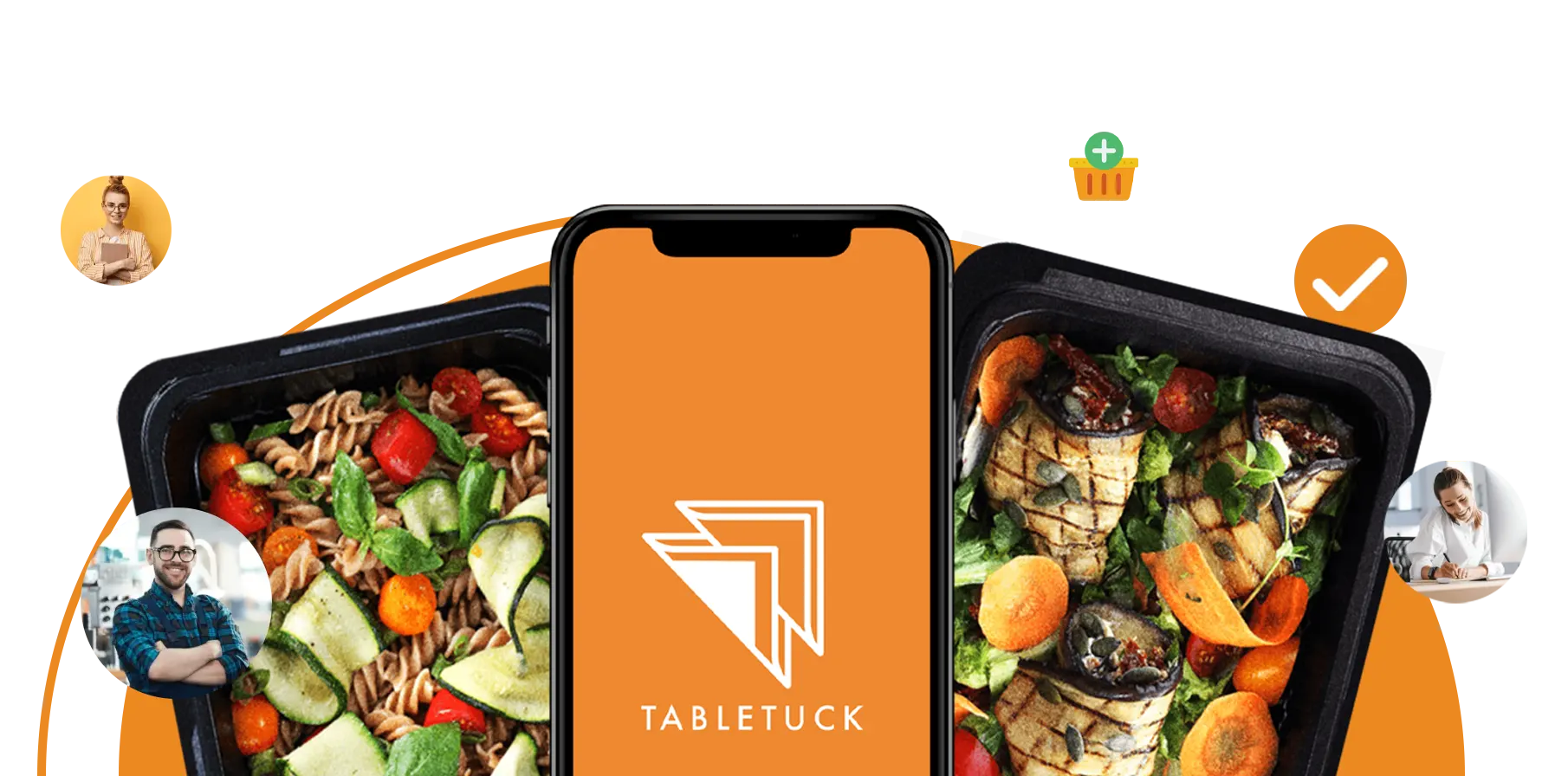
How to Start a Food Truck Business





The food truck industry has experienced substantial growth in recent years, offering a unique blend of culinary creativity and business potential. If you're passionate about food and entrepreneurship, starting a food truck business could be a rewarding venture. This guide will walk you through the essential steps, from crafting a detailed business plan to navigating legal requirements and developing a winning marketing strategy.
A solid business plan is the foundation of any successful food truck startup. It not only helps secure financing but also guides your business operations and strategic decisions. A comprehensive plan should cover:
Market Analysis: Research your target market, including demographics, preferences, and competitors. Understanding your audience is crucial for tailoring your offerings.
Menu Development: Design a menu that stands out. Highlight your unique selling propositions (USPs) to differentiate yourself from competitors.
Financial Projections: Estimate startup costs, revenue, and profitability. Break down expenses related to the truck, equipment, ingredients, staffing, and marketing.
Operational Plan: Detail daily operations, including food preparation, supply chain management, and staff roles.
Marketing Strategy: Develop a plan for branding, advertising, and engaging with customers. A well-thought-out strategy will drive traffic and sales.

When creating your food truck business plan, include the following components:
Food Truck Startup Guide: This section outlines the specific steps you need to take to launch your truck, from initial setup to opening day.
Food Truck Licensing Requirements: Ensure you understand the various licenses and permits required to operate legally.
Food Truck Equipment Checklist: List the essential equipment you'll need for your mobile kitchen, ensuring you’re prepared for efficient operation.
Food Truck Operational Costs: Detail the ongoing expenses you'll face, such as fuel, maintenance, and ingredient costs.
Selecting the appropriate legal structure is critical for managing liability and taxes. Common options include:
Sole Proprietorship: Simple and easy to establish but offers no personal liability protection.
Partnership: Ideal for businesses with multiple owners, sharing both profits and liability.
Limited Liability Company (LLC): Provides personal liability protection and tax flexibility, making it a popular choice.
Corporation: Offers the highest level of liability protection but comes with more regulatory requirements.
After choosing a legal structure, complete the following steps:
Register Your Business Name: Choose a distinctive name and register it with state authorities.
Obtain an Employer Identification Number (EIN): Apply for an EIN from the IRS for tax purposes and employee management.
State and Local Business Licenses: Obtain necessary permits and licenses, including general business licenses, health permits, and food handling certifications.
Your food truck is a critical investment. Consider these factors when selecting a truck:
Size and Layout: Ensure it has enough space for your kitchen equipment and staff.
Customization: Customize the truck with appliances suited to your menu, such as grills, fryers, or refrigeration units.
Condition and Maintenance: Whether new or used, ensure the truck is in good condition and budget for ongoing maintenance.
Equip your truck with the following essentials:
Cooking Appliances: Invest in grills, fryers, ovens, and stoves that suit your menu.
Refrigeration: Ensure you have adequate cold storage for ingredients and prepared food.
Point-of-Sale (POS) System: Use a robust POS system for managing orders, payments, and inventory.
Safety Equipment: Install fire extinguishers, first aid kits, and proper ventilation.
Adhere to strict health department regulations to ensure food safety. Key requirements include:
Vehicle Inspection: Ensure your truck meets cleanliness and safety standards.
Food Manager Certification: Obtain a certification to demonstrate knowledge of food safety practices.
Health Code Compliance: Maintain records of food purchases, storage, and employee health certifications.
Common permits and licenses include:
Mobile Food Vendor Permit: Allows operation in specific areas.
Health Department Permit: Required for food handling and service.
Fire Department Permit: Ensures fire safety standards are met.
Parking Permit: Necessary for parking and selling in designated areas.
Design a menu that reflects your brand and appeals to your target market:
Simplicity and Consistency: Focus on a few standout items that can be consistently prepared.
Ingredient Sourcing: Use fresh, high-quality ingredients that are easy to store and source.
Pre-Preparation vs. On-Site Cooking: Decide which items can be pre-prepared to save time and which should be cooked to order.
Set competitive prices that cover costs and appeal to your market:
Cost of Goods Sold (COGS): Calculate ingredient costs for each menu item.
Special Offers: Promote discounts, special menus, or limited-time offers. Use eye-catching graphics and compelling calls to action to drive engagement.
Build an email list of your customers and send regular newsletters. Include updates on new dishes, special promotions, and behind-the-scenes content. Use personalized messages to build a stronger connection with your audience and encourage repeat business.
Partner with local food bloggers or social media influencers to reach a wider audience. Offer them a free meal in exchange for a review or a shoutout. Look for influencers who align with your brand values and have an engaged following.
Don't forget about local marketing strategies. Partner with local businesses, participate in community events, and sponsor local sports teams or charity events. Word-of-mouth marketing can be incredibly effective, especially in your local area.
Invest in online advertising to reach a broader audience. Use Google Ads, Facebook Ads, and Instagram Ads to target potential customers. Create compelling ad copy and eye-catching visuals to attract attention and drive traffic to your website or delivery platforms.

Customer feedback is invaluable. Encourage reviews on delivery platforms and social media, and use the feedback to improve your offerings. Respond to both positive and negative reviews professionally and promptly. Show your customers that you value their input and are committed to providing the best possible experience.
Invest in a good POS system to streamline orders and payments. Use analytics to track sales, customer preferences, and other key metrics. Consider using inventory management software to keep track of ingredients and reduce waste. Leverage technology to improve efficiency and ensure a smooth operation.
Ensure you’re up to date with local health and safety regulations. Regularly inspect.

Yes, if your kitchen meets health regulations and you obtain necessary permits.
They operate online, prepare food in a kitchen, and use delivery services like Uber Eats.
Identify your niche, develop a menu, ensure kitchen compliance, build an online presence, and market effectively.
An online-only restaurant that uses Uber Eats for order placement and delivery.
Yes, customers pay for food and delivery; restaurants pay a commission.
Find a compliant kitchen, get permits, equip the kitchen, develop a menu, partner with delivery services, and market your brand.
Elevate Your Online Kitchen Order Processing Journey Today.